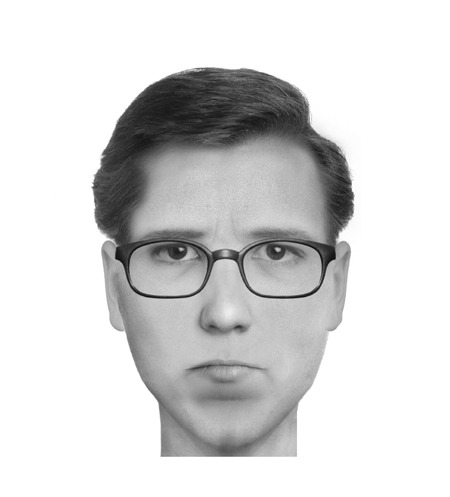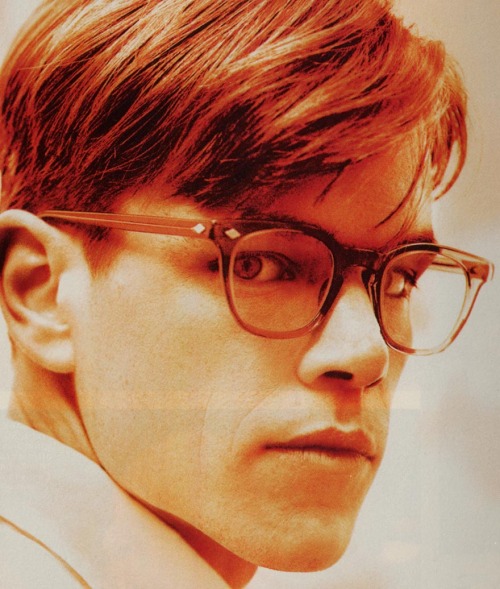So someone (who probably has WAY more time on their hand than I) started a site called The Composites where they use law enforcement composite sketch software to match the author's actual description of the character. Mixed in with some of the artists's impression of the character to complete the task. Here are a couple of examples found on the site.
Sam Spade, The Maltese Falcon
"Samuel Spade’s jaw was long and bony, his chin a jutting v under the more flexible v of his mouth. His nostrils curved back to make another, smaller, v. His yellow-grey eyes were horizontal. The V motif was picked up again by thickish brows rising outward from twin creases above a hooked nose, and his pale brown hair grew down—from high flat temples—in a point on his forehead. He looked rather pleasantly like a blond Satan."
And the Hollywood Version
Tom Ripley, The Talented Mr. Ripley
"…Combed his light-brown hair neatly in front of the mirror, and set off for Radio City. He had always thought he had the world’s dullest face, a thoroughly forgettable face with a look of docility that he could not understand, and a look also of vague fright that he had never been able to erase. A real conformist’s face, he thought…Really it was only his darker hair that was very different from Dickie. Otherwise, his nose—or at least its general form—his narrow jaw, his eyebrows if he held them right…He wasn’t really worried. Tom had at first amused himself with an eyebrow pencil—Dickie’s eyebrows were longer and turned up a little at the outer edges—and with a touch of putty at the end of his nose to make it longer and more pointed, but he abandoned these as too likely to be noticed. The main thing about impersonation, Tom thought, was to maintain the mood and temperament of the person one was impersonating, and to assume the facial expressions that went with them. The rest fell into place…He might play up Tom a little more, he thought."
And the Hollywood Version





No comments:
Post a Comment